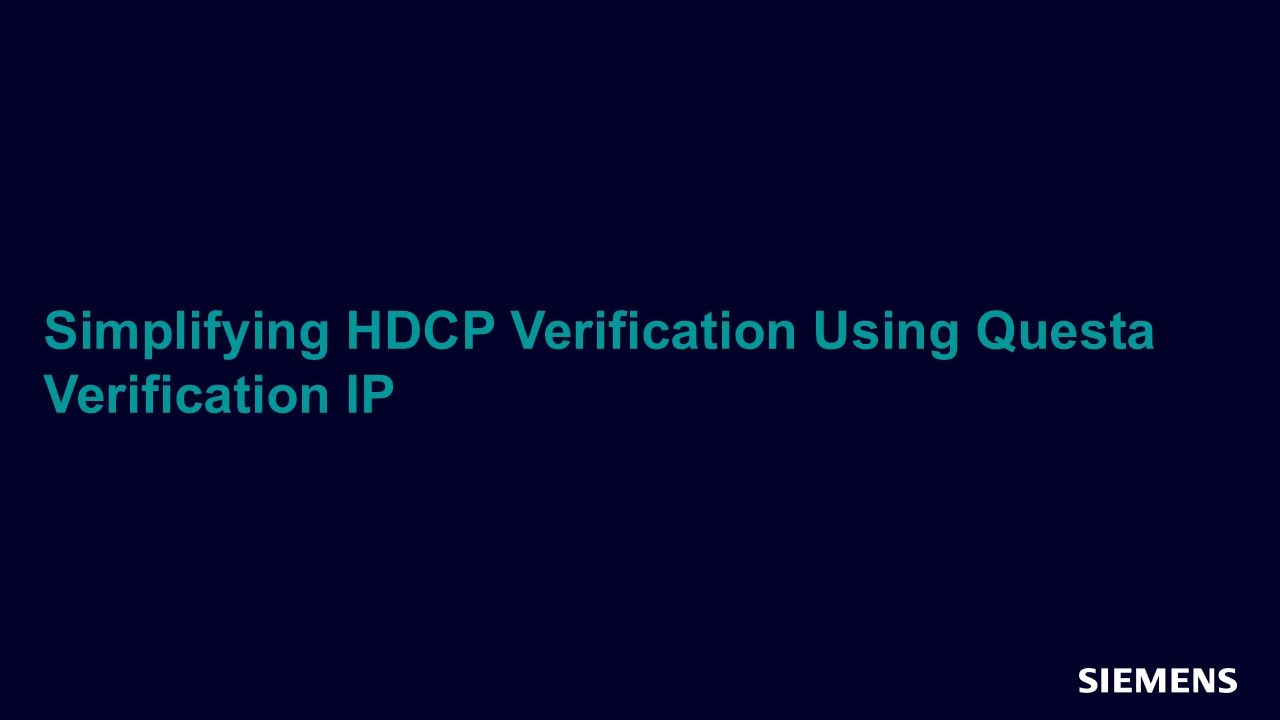Simplifying HDCP Verification Using Questa Verification IP
This article describes various challenges in the field of verifying and debugging HDCP protected interfaces (HDMI and DisplayPort), and how Mentor’s QVIP makes this task easier for users by providing simple to use APIs and debug messages.

Full-access members only
Register your account to view Simplifying HDCP Verification Using Questa Verification IP
Full-access members gain access to our free tools and training, including our full library of articles, recorded sessions, seminars, papers, learning tracks, in-depth verification cookbooks, and more.